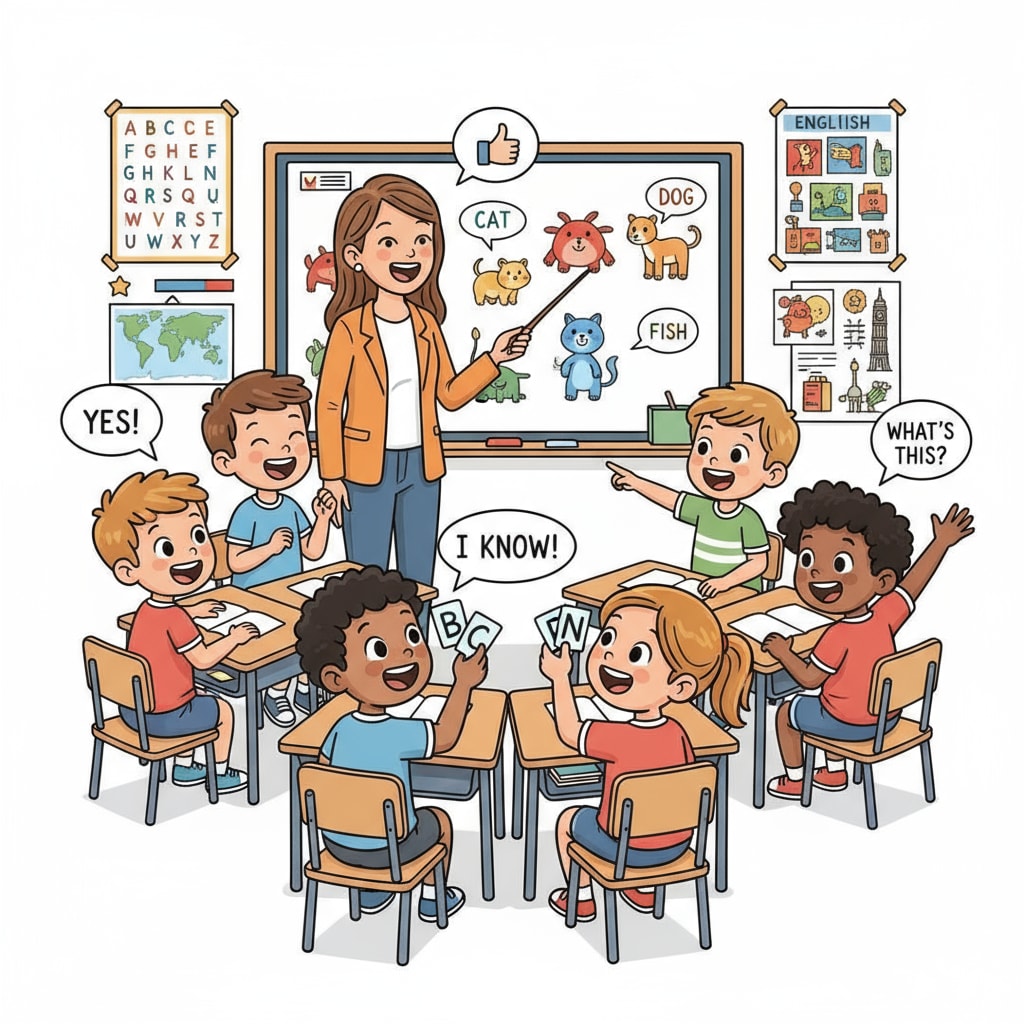Second language teaching, especially for lower primary students, requires well-thought-out English teaching methods. In today’s globalized world, early English language exposure for young learners is of great significance.

This article will explore various aspects of teaching English as a second language to lower primary students, aiming to find the most effective approaches.
Importance of Early English Learning
Early exposure to a second language like English can have numerous benefits for lower primary students. According to Psychology Today’s research on child development, children at this age have a high capacity for language acquisition. Their brains are more flexible and receptive to new language patterns. For example, they can pick up pronunciation and vocabulary more easily than older students. In addition, learning English at an early stage can boost their cognitive development, enhancing skills such as memory, attention, and problem-solving.

Effective Teaching Forms
One of the key aspects of second language teaching for lower primary students is the choice of teaching forms. Play-based learning is highly effective. For instance, using games like “Simon Says” or vocabulary bingo can make learning fun. Storytelling is another great form. Teachers can tell English stories with vivid pictures and gestures, which helps students understand the context and improves their listening skills. Moreover, group activities such as role-playing allow students to practice speaking English in a real-life context.
Tool Selection for Language Learning
Selecting the right tools is crucial for English teaching in lower primary grades. Educational apps can be a great addition to the learning process. Platforms like Duolingo and ABCmouse offer engaging and interactive lessons. Flashcards are also a classic tool. They can be used to teach vocabulary, with a word or picture on one side and its meaning on the other. Audio-visual materials, such as English cartoons and songs, can help improve students’ listening and pronunciation skills. As a result, students will be more motivated to learn.
In conclusion, finding the best second language teaching methods for lower primary students in English requires a combination of suitable teaching forms, proper tool selection, and effective curriculum integration. By implementing these strategies, we can help young learners build a solid foundation in English and make the most of this critical language learning period.
Readability guidance: Short paragraphs and lists are used to summarize key points. Each H2 section provides a list. The proportion of passive voice and long sentences is controlled, and transition words are added throughout the text.


